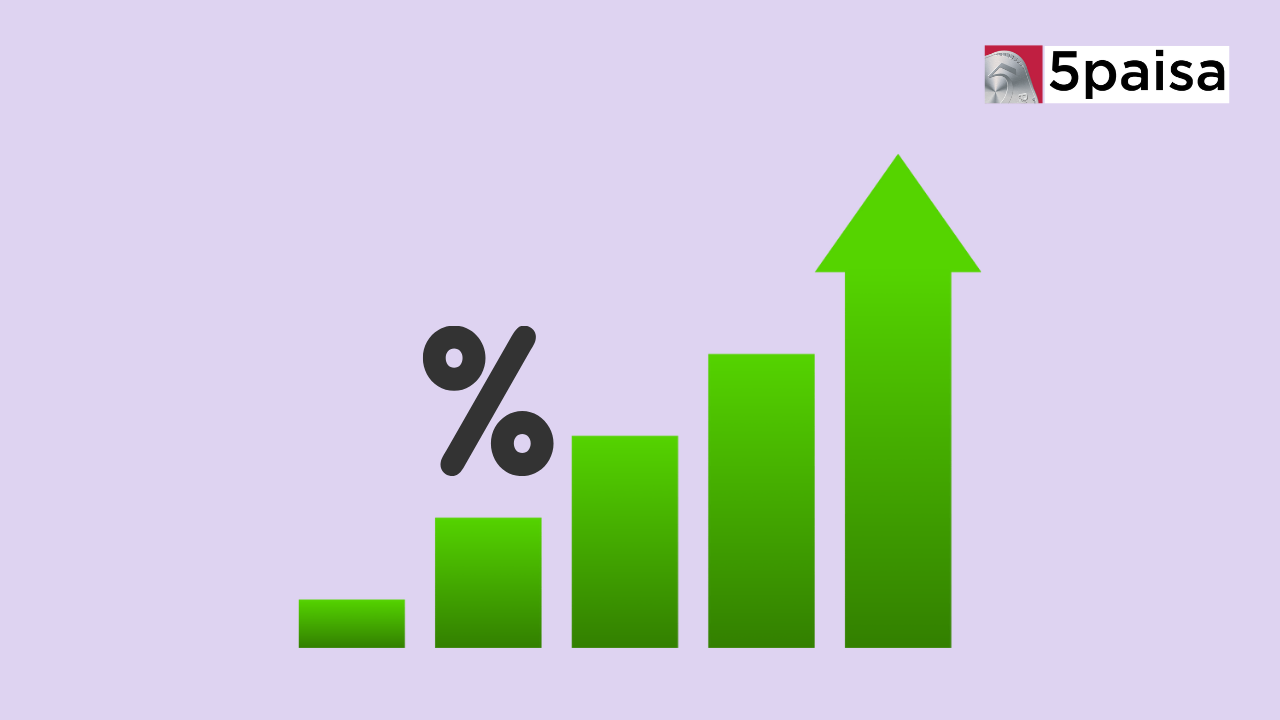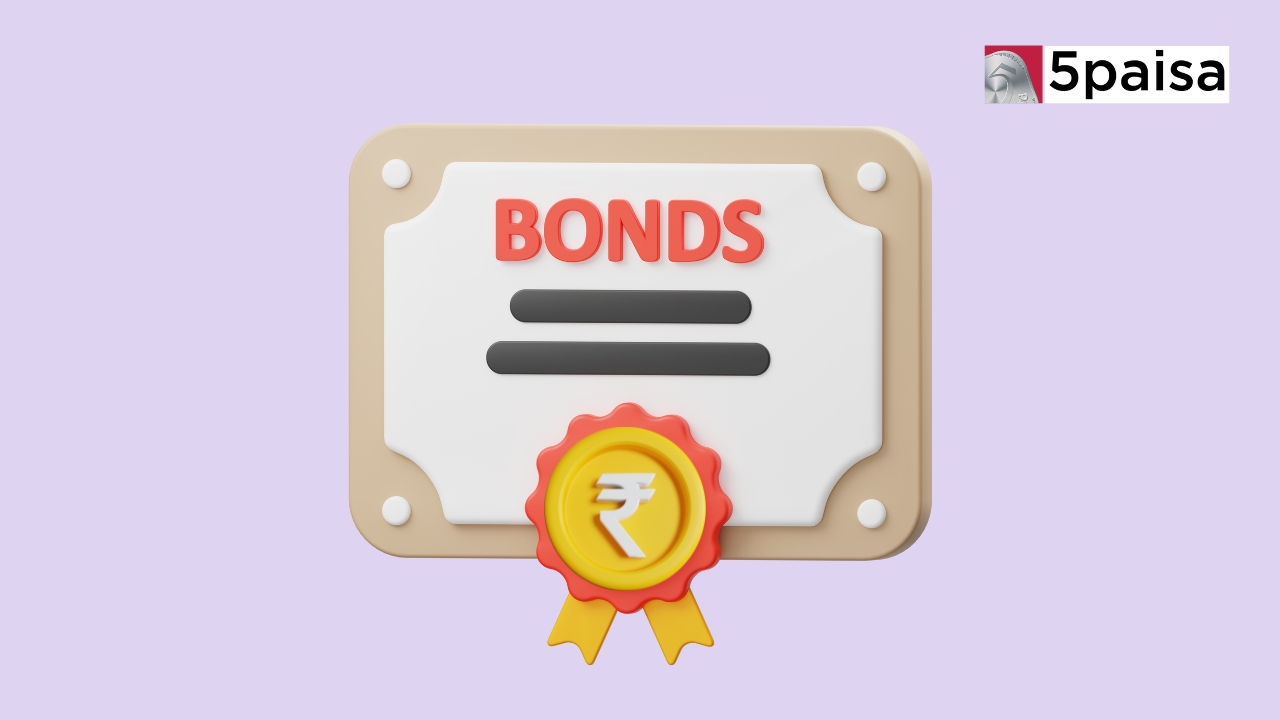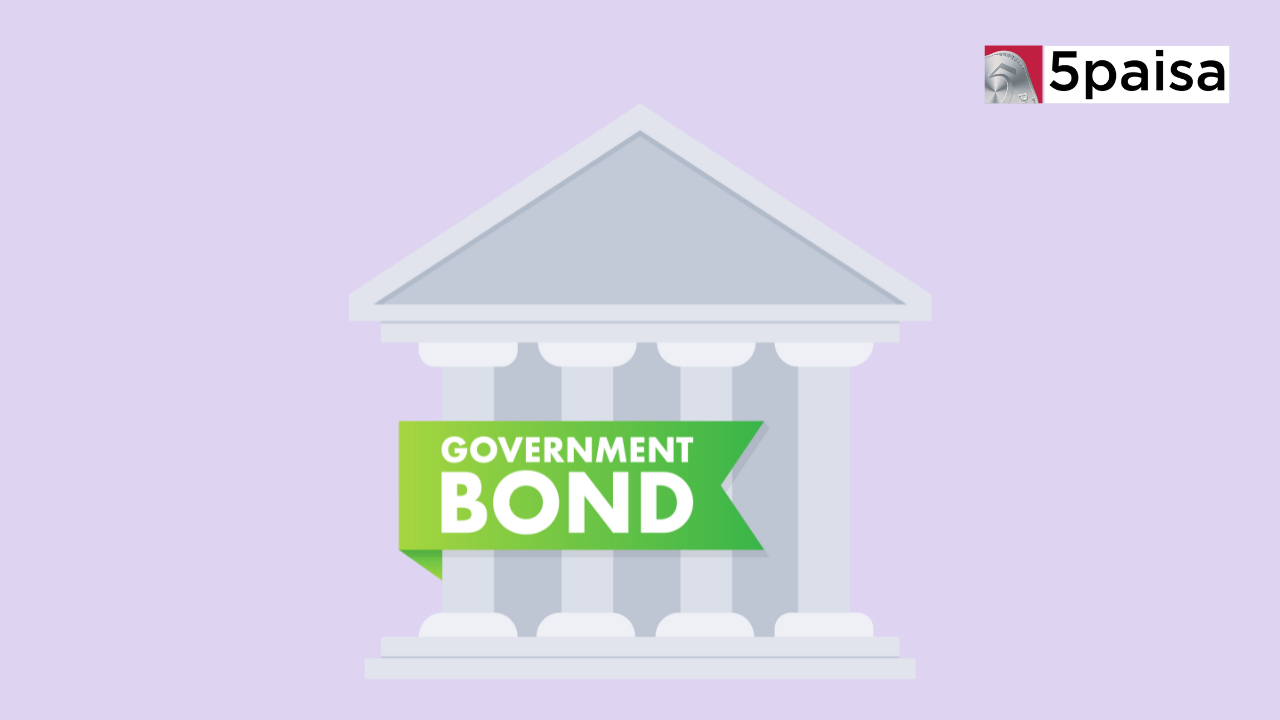Top Growth Stocks Trading at a Discount
Fairfax-backed CSB Bank has turned its fortunes around. Can it reward investors, too?

Last Updated: 11th January 2023 - 03:39 pm
In December 2019, CSB Bank, formerly known as Catholic Syrian Bank, debuted on stock exchanges, just before its centenary year. The Rs 410-crore IPO was subscribed 87 times and shares of the Kerala-based bank, founded in 1920, got listed at Rs 275 apiece, 41% higher than their issue price.
The IPO performance was impressive for two main reasons. One, the bank was loss-making at the time of listing. Two, the market perception of the so-called old private-sector banks was not favorable because of legacy bad loans, ownership, limited geographical presence, and archaic technology infrastructure, analysts say.
But the one positive factor in the case of CSB Bank was its strong parentage. A year before its listing, the Reserve Bank of India gave FIH Mauritius Investments Ltd, a company of Indian-born Canadian billionaire Prem Watsa’s Fairfax Group, to buy up to a 51% stake in the bank. By August 2019, Fairfax had completed the infusion of over Rs 1,200 crore into CSB Bank, which became the first bank with majority ownership by a foreign investor in India.
The capital support for the bank was timely as it was in the midst of a transformation, repositioning it as a tech-savvy lender while putting in place enterprise-wide efficiency and simplified processes to regain profitability.
The fund infusion helped the bank pursue growth opportunities. Put together, the bank broke the streak of continuous losses and posted profits in 2019-20. The bank reported a profit after tax of Rs 12.72 crore in FY20 as against a net loss of Rs 197.42 crore the year before. Since then, the bank has maintained profitability despite the impact of the COVID-19 pandemic.
However, investors are awaiting the bank’s strategy to yield more results. Shares of CSB Bank, currently trading below their 52-week high of Rs 275, are down 8% since listing.
CSB Bank's Vision 2030
CSB Bank says it is working on Vision 2030. This aims to sustain its foundations and strengths; build the future through investments in technology, digital infrastructure, partnerships, leadership, products, processes etc; and scale the bank to the next level of growth.
Within this strategy, the management has charted out short-term (up to three years), medium (five years), and long-term (10 years) goals.
The bank aspires to grow its loan book at CAGR of 25% in the next three years and then accelerate the growth rate. It believes that the robust technology stack, collections and payments processes, and a strong deposit franchise will aid retail and small and medium enterprises businesses.
Overall, the bank management expects to grow loans at 1.5 times the industry growth.
Analysts say the strong capital adequacy ratio of above 25% coupled with improvement in asset quality—with a net NPA ratio of below 1% and provision coverage ratio of above 90%—provides the bank the opportunity to chase growth.
CSB Bank’s gross advances grew nearly 26% year-on-year to Rs 18,643 crore as on Dec 31. Gold loans, which make up around 47% of the book, grew 51%.
The management expects the share of gold loans to stay high before other products start picking up. Last month, the bank launched a co-branded credit card in partnership with Mastercard and OneCard. Analysts say they will track the launch of retail products, which is expected by the end of the current financial year.
Similarly, the management is upbeat on growth in the SME portfolio in October-March despite registering a fall in the second quarter.
“Our ratings, risk-based pricing, all of that is falling in place. We are putting a lot more science behind it, and hence, I think in the second half of the year, you will see growth in the SME portfolio,” Pralay Mondal, the bank’s MD and CEO, said in a post-earnings conference call in October.
Analysts say the launch of new products as well as growth trends in the non-gold portfolio would be keenly eyed to gauge the impact on the net interest margin. Despite the rising cost of funds, CSB Bank has reported one of the highest margins of 5.60% in the July-September quarter.
Other than portfolio diversification, the geographical expansion would also be tracked. The bank aims to open 100 branches every year for the next few years while continuing to invest in technology for customer acquisition. This is expected to keep the cost-to-income ratio elevated. The ratio was above 57% in the September quarter.
Particularly on branch rollout, analysts say they would look for state-wise distribution because currently two southern states dominate its network. Kerala and Tamil Nadu account for over 70% of the bank’s gold portfolio. Also, more than 60% of CSB Bank’s 608 branches are in these two states.
Growth in the high-yielding gold loan business in other geographies would be NIM-positive, while expansion in other states will help in mobilizing deposits in the long run.
IDBI merger twist?
One of the key events that shareholders of CSB Bank are looking at is the divestment of the government and Life Insurance Corp of India’s stake in IDBI Bank.
According to reports, Fairfax Group, which owned 49.27% of CSB Bank at the end of December, is among the parties that submitted an expression of interest for buying a 60.72% stake in IDBI Bank from the government and LIC.
To be sure, only EOIs have been submitted so far and the results are awaited. But if Fairfax Group does win the bid, there is speculation about the merger of IDBI Bank and CSB Bank because the Reserve Bank of India is unlikely to allow Watsa to hold controlling stakes in two banks, analysts say.
While the merger is mere speculation, it fits well with Watsa’s banking ambitions in India. He also has to pare stake in CSB Bank to 26% by mid-2034 as per the RBI-mandated schedule.
Over the years, IDBI Bank has cleaned up its book with massive write-offs and provisioning, and a new professionally run management will help the lender target more retail customers with loans and deposits. While IDBI Bank is tagged as a private-sector bank with LIC’s majority holding, it is often valued on a par with public-sector banks because of the similarity in its functioning.
A merger with IDBI Bank will provide CSB Bank an opportunity to diversify its book at a scale as per its target sooner than expected, while also letting it overcome the regional bias.
But will it give its share price the much-needed kick? To know that, investors would have to wait and watch.
Trending on 5paisa
04
 5paisa Research Team
5paisa Research Team
Discover more of what matters to you.
Indian Stock Market Related Articles
Disclaimer: Investment in securities market are subject to market risks, read all the related documents carefully before investing. For detailed disclaimer please Click here.
 Sachin Gupta
Sachin Gupta Ruchit Jain
Ruchit Jain




